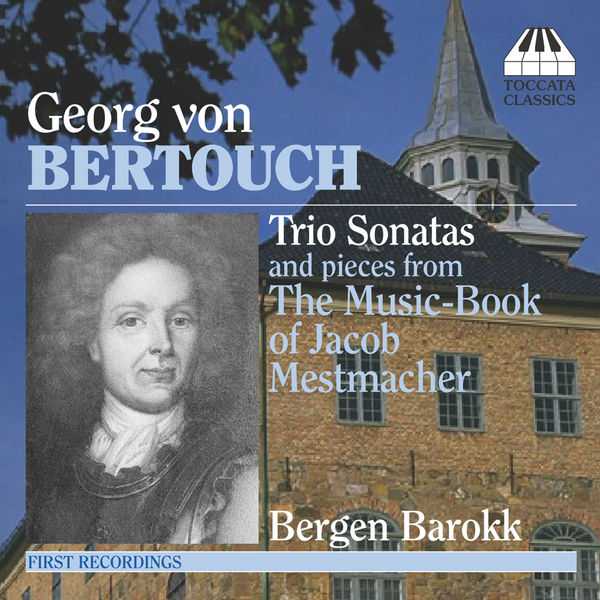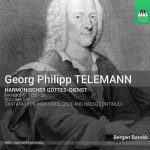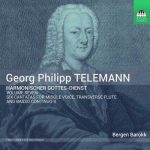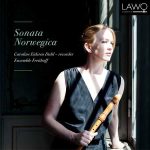
Composer: Georg von Bertouch
Performer: Bergen Barokk
Format: FLAC (tracks)
Label: Toccata
Catalogue: TOCC0006
Release: 2005
Size: 352 MB
Recovery: +3%
Scan: yes
Trio Sonata No. 8 in G Major
01. I. Vivace
02. II. Adagio
03. III. Andante
The Music-Book of Jacob Mestmacher
04. CVI. March
05. CCXLVIII. Aria (with variations by Bergen Barokk)
Trio Sonata No. 15 in F Minor
06. I. Canona: Allegro
07. II. Adagio
08. IV. Andante
The Music-Book of Jacob Mestmacher
09. LXXV. Paspie de la Compertanje
Trio Sonata No. 11 in F major
10. I. Vivace
11. II. Allegro
12. III. Adagio
13. IV. Allegro
The Music-Book of Jacob Mestmacher
14. XIII. Menuetto
15. LIII. Gavotte Alternativement
Trio Sonata No. 21 in B-Flat Major
16. I. Andante
17. II. Vivace
18. III. Adagio
19. IV. [Allegro]
Trio Sonata No. 17 in E-Flat Major
20. I. Largo
21. II. Andante
Trio Sonata No. 12 in D Minor
22. I. Andante
23. II. Adagio
24. III. Allegro
25. IV. Allegro
The Music-Book of Jacob Mestmacher
26. CLXVI. Allegro et Trio
Trio Sonata No. 14 in G Minor
27. I. Largo
28. II. Andante
29. III. Adagio
30. IV. Vivace
Georg von Bertouch (1668–1743) was a man of action, quite literally: he took part in no fewer than 22 battles, and ended his career as commandant of Akershus Castle, which still overlooks the harbour in Oslo – the portrait on the cover of this CD was photographed in the office of the present-day commandant. But Bertouch, a German-born Norwegian, was also one of the leading composers of the day, corresponding with Bach and other prominent musicians. His music reveals a knowledge of Corelli and other contemporary developments, but retains a fresh, almost innocent, spontaneity with an infectious appeal. Here it is interspersed with dances and airs used in domestic music-making in Baroque Bergen.
This is music from Norway, from Bergen specifically, written in the early eighteenth century. Composer Georg von Bertouch has an interesting biography; a German-born musician of French extraction, he was also a military leader who participated in 22 battles in Denmark (of which Norway was a part), Germany, and France. A bit older than Bach and Telemann, and geographically even farther removed from the fonts of Italian innovation, he did not (on the evidence of the music here) engage with Vivaldi or with Telemann’s galant styles. Instead, the keyboard pieces presented here are modest examples of French style, and the trio sonatas, to which the bulk of the album is devoted, are modeled on those of Corelli, with elegant two-part writing featuring rather obsessive use of sequences and long chains of harmonic suspensions. The album’s interest lies not only in its rediscovery of a forgotten composer but also in the variety of ways the trio sonatas are presented. Recorder player and annotator Frode Thorsen identifies four possible modes of playing a trio sonata: with two similar melody instruments, with two different ones, with one melody instrument and keyboard part incorporating the second melody line, and on an organ or harpsichord by itself (as with Bach’s trio sonatas for organ). The program gives examples of all four, resulting in an unusually varied sonic palette and a program that might easily have been given by a virtuoso complement of musicians at a noble establishment in the eighteenth century. The music isn’t brilliantly compelling, and Thorsen’s recorder doesn’t always have the smooth organ-like quality that’s desirable, but this disc offers enjoyable listening for anyone from commuters to Baroque specialists.



